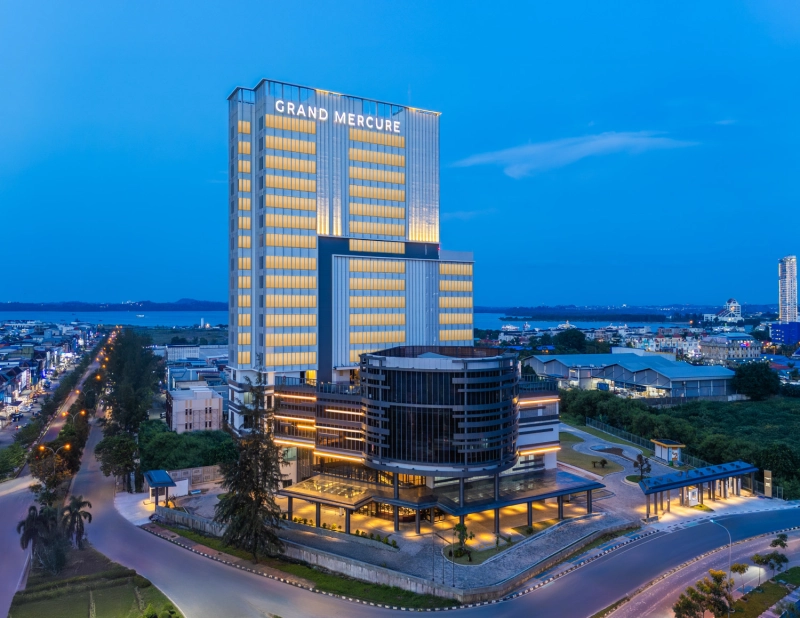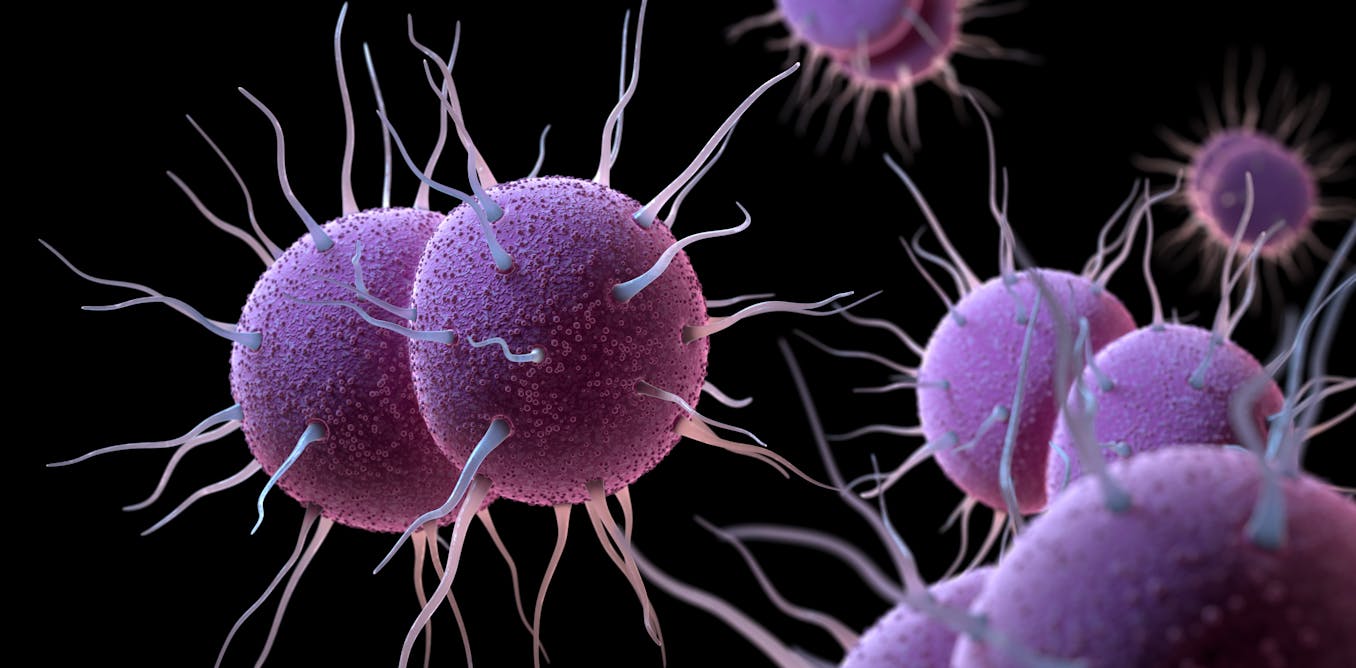Now Reading: Male infertility: how lab-produced sperm could transform fertility treatment in the future
-
01
Male infertility: how lab-produced sperm could transform fertility treatment in the future
Male infertility: how lab-produced sperm could transform fertility treatment in the future

Envision a future where a diagnosis of male infertility that is considered untreatable is not the final stop, as science has discovered a method to generate human sperm from lab-cultivated testicular tissue. This may appear to be something out of a science fiction story, but I am heading a team of researchers at the University of Limerick (UL) who are dedicated to making the production of human sperm from lab-created testicular tissue a reality. If successful, this breakthrough could redefine fertility treatment and provide hope to the millions of individuals worldwide impacted by male infertility.
The urgency comes from the fact that male reproductive health is deteriorating, with concerning statistics that cannot be disregarded. Sperm counts have significantly decreased over the past seventy years, while conditions like testicular cancer, hormone imbalances, and genital abnormalities – all of which can impact sperm counts – are on the rise. The exact reasons for the decline in male reproductive health are still under discussion. While genetics may play a part, no single genetic factor has been proven to affect male fertility on a broad scale. Instead, attention has shifted towards the environment, especially endocrine-disrupting chemicals.
These chemicals, which can disrupt hormone function, are present in everyday items such as plastics, pesticides, cosmetics, and even pain relievers. There is mounting evidence that exposure to these substances before birth can elevate the risk of testicular cancer, lower sperm quality, and lead to male infertility in later years. For some men, fertility issues can be addressed through lifestyle changes, hormone therapy, or corrective surgery for reproductive tract blockages. However, a significant portion of individuals experience unexplained infertility, leaving surgical sperm retrieval (SSR) as the only solution.
SSR involves surgically accessing the testicles to locate viable sperm for use in assisted reproductive technologies like IVF. Yet, success is far from guaranteed, with some cases having as low as a 40% chance of finding usable sperm. Apart from the physical and emotional toll, SSR shifts the burden of fertility treatment to the female partner, often targeting women’s bodies with medications and procedures. It does little to address the underlying health risks associated with male infertility, including increased rates of illness and premature mortality. If SSR proves unsuccessful, the last resort is the use of donor sperm, a challenging decision for many.
To tackle male infertility, researchers need to delve into the root cause and develop solutions that restore natural fertility. Given the ethical and biological constraints on human experimentation, scientists have turned to preclinical models for studying human testes. These models include ex vivo tissue, in vitro cell cultures, and animal models. However, human sperm production differs significantly from other mammals, making animal models unreliable. Progress requires preclinical models that closely mirror human testes and their sperm production abilities.
This presents a significant challenge in the field, as producing human sperm in the lab has never been achieved, unlike in mouse testicular tissue. Our research aims to surmount this obstacle by merging biology with mechanical engineering and materials science. By analyzing human testicular tissue samples and designing model systems that replicate human testicular tissue, we seek to create a model capable of mimicking testicular function and producing viable human sperm.
Lab-generated sperm has the potential to transform fertility care, offering a solution to men who have undergone unsuccessful SSR procedures, childhood cancer survivors impacted by fertility-damaging treatments, and male patients with severe, unexplained infertility. This endeavor is not just a scientific experiment but a quest to restore hope to those who have exhausted existing medical options.






